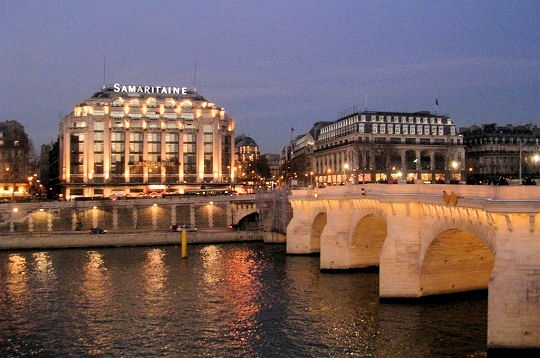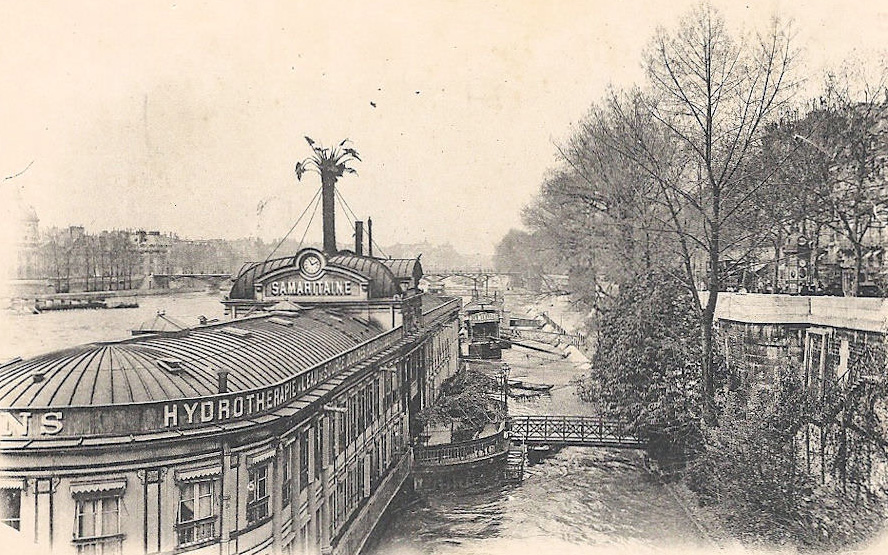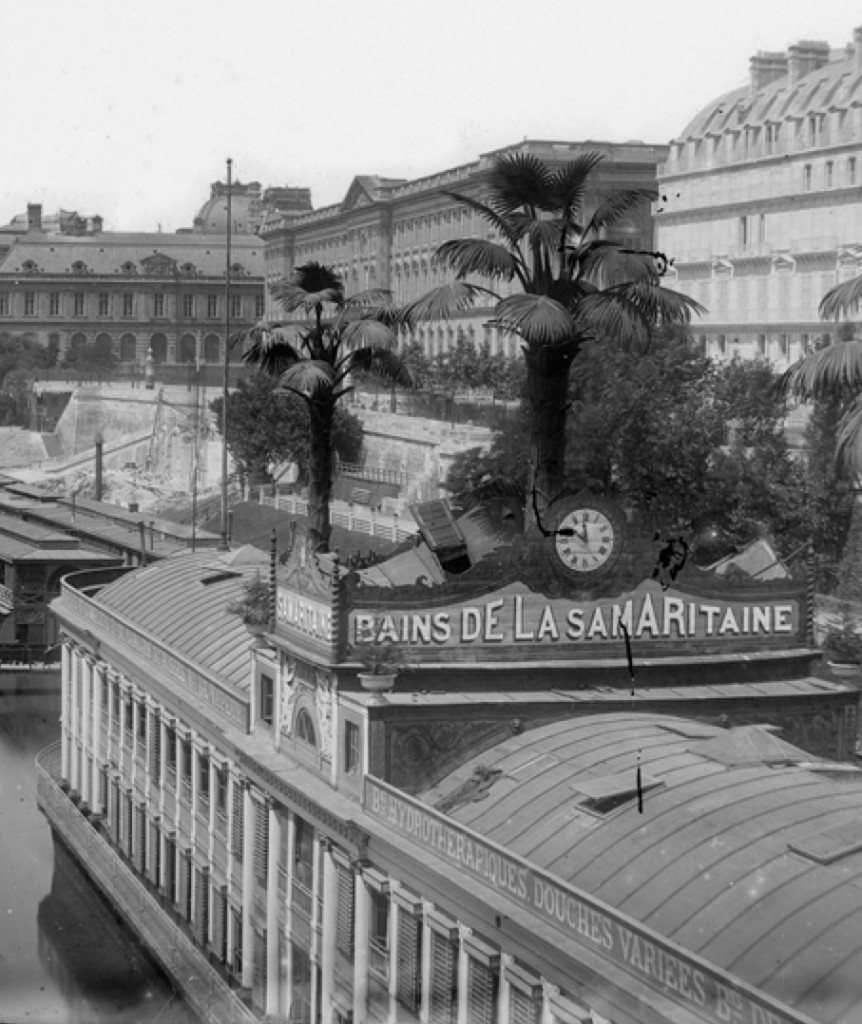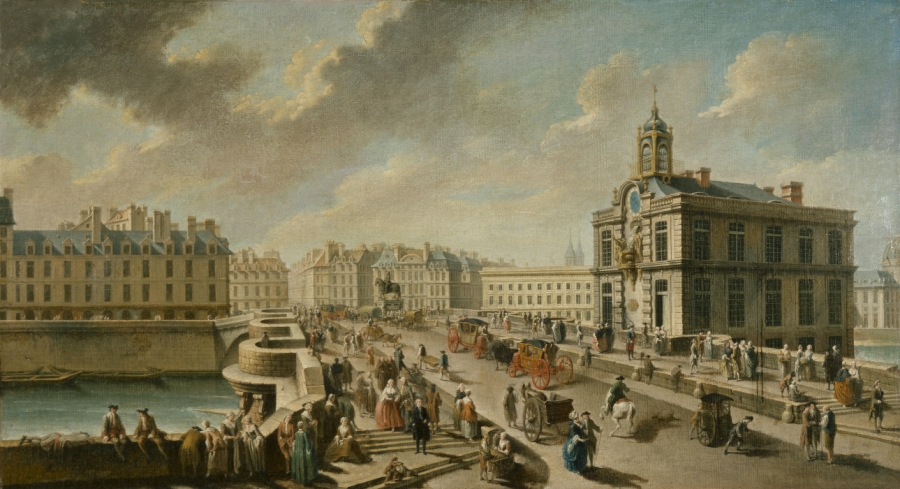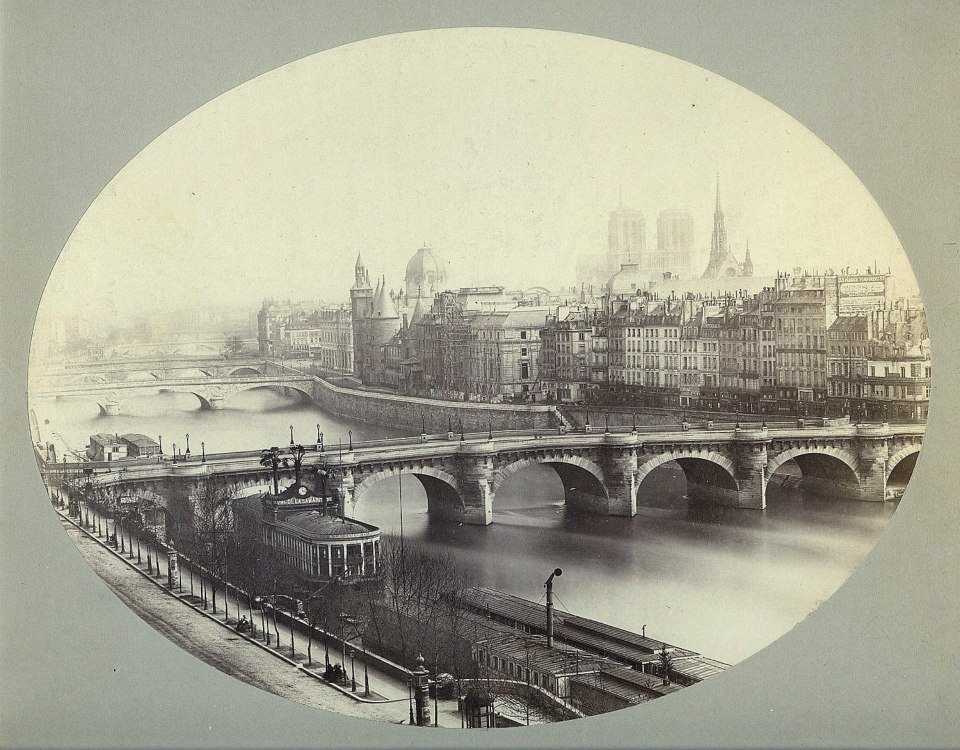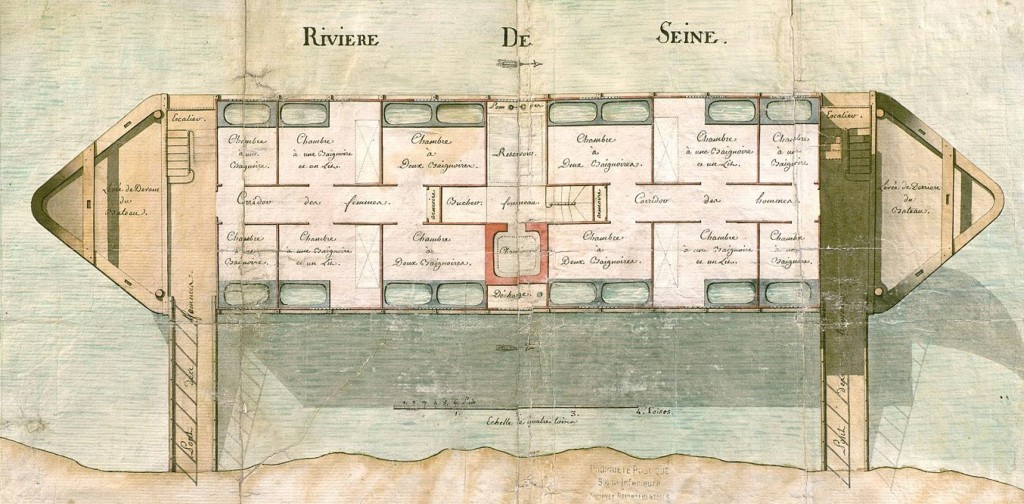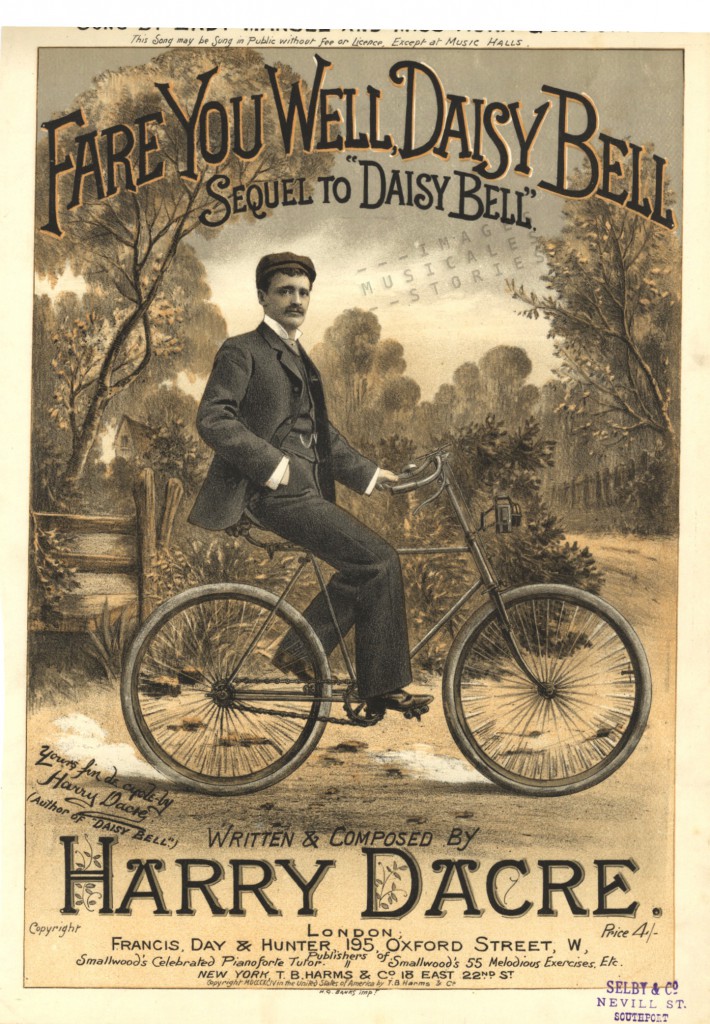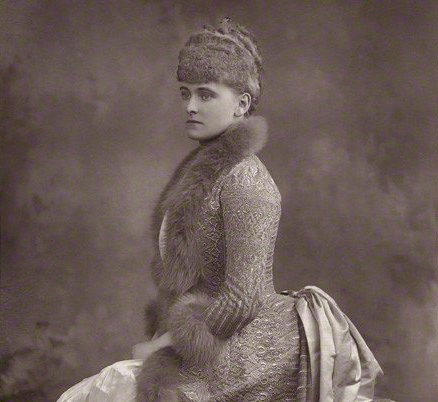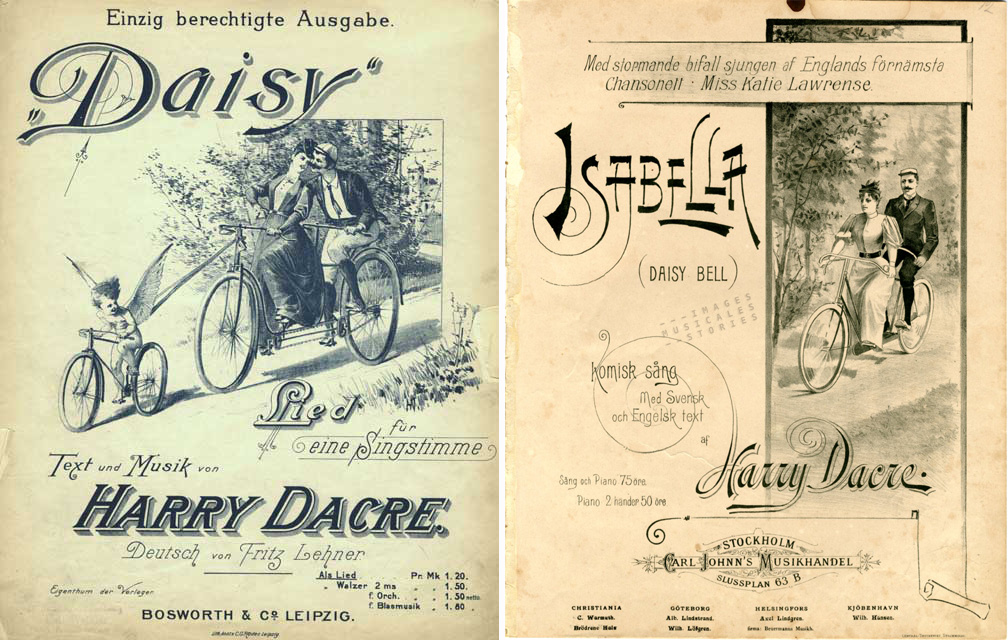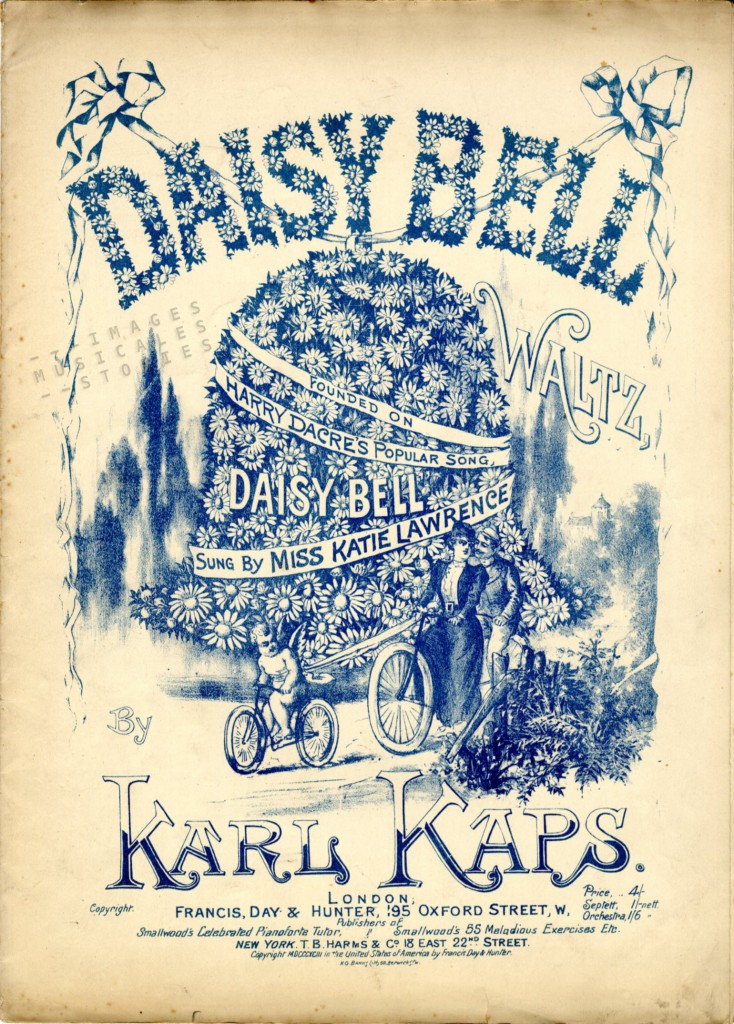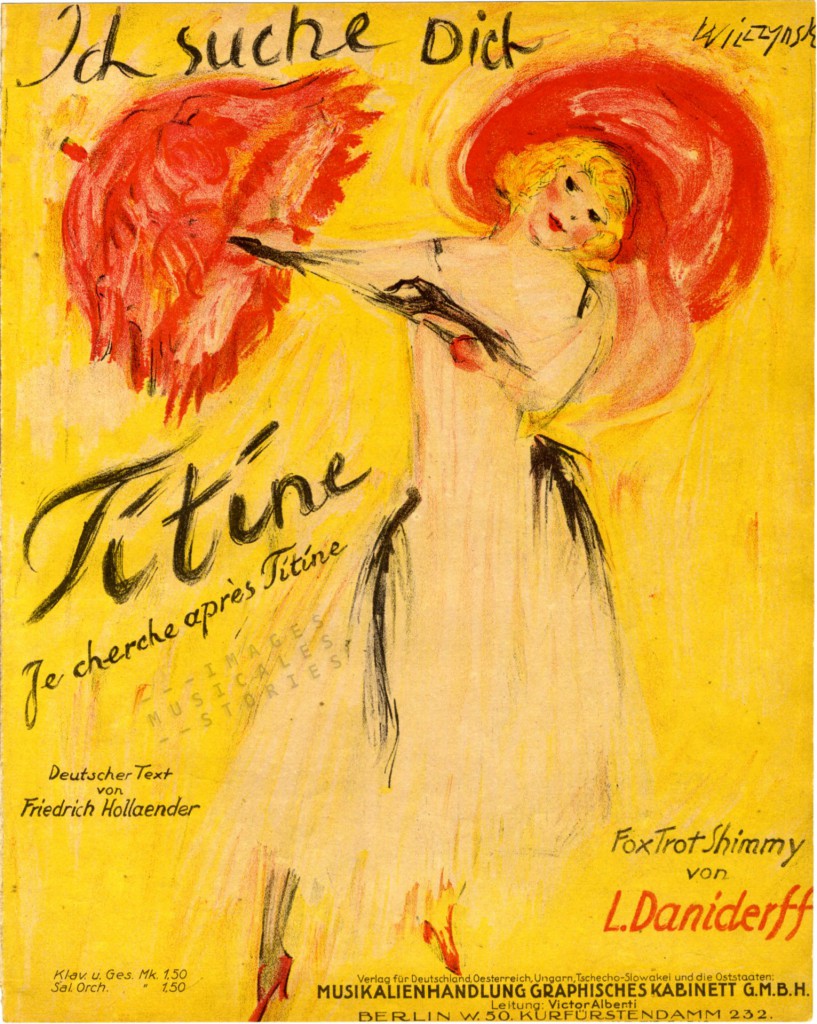
This gorgeous sheet music cover was created by Katerina (Käte) Wilczynski. Born in Poznan (1894) she studied and worked in Leipzig and Berlin where she illustrated books. She travelled a lot in Europe, especially to Greece. In 1939 she definitely moved to London where she died (1978). She was known for her portraits and street scenes, later also for her landscape drawings.
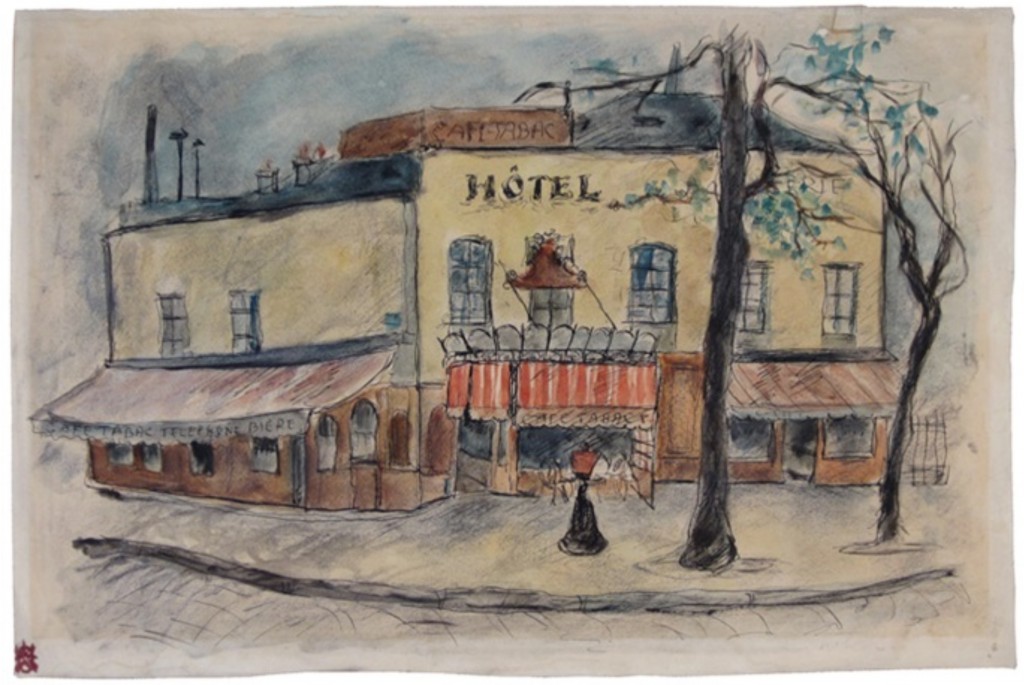
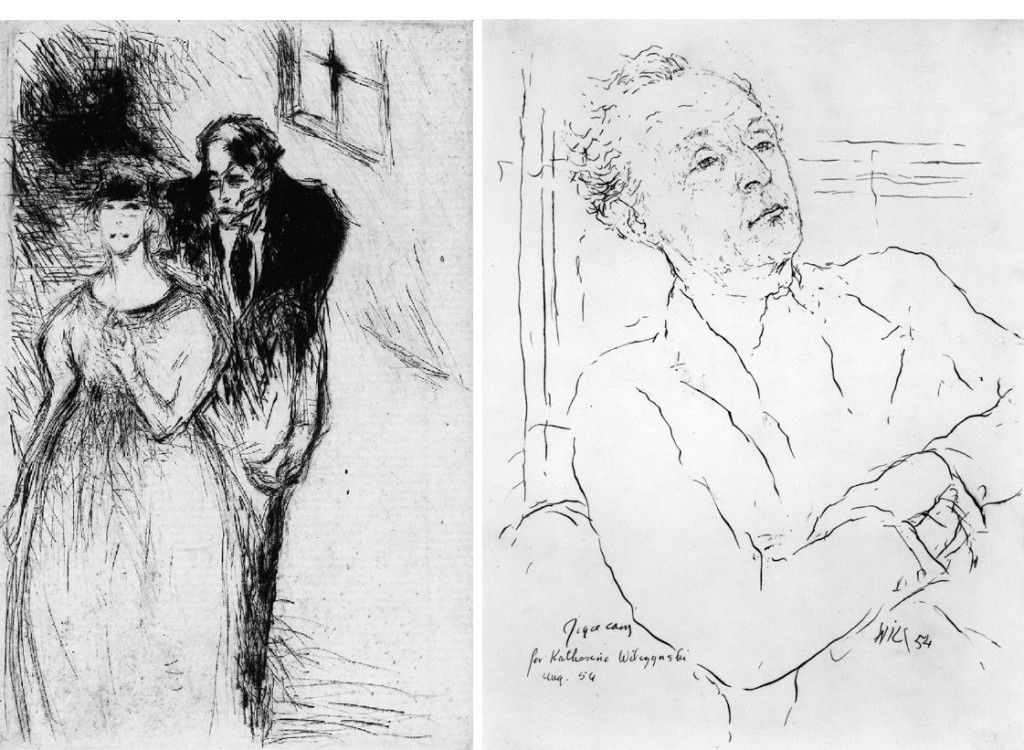
Strangely, having discovered that she was ambidextrous she let each hand play its own part in the creation of the drawing. I love this greeting card that she made for a friend in 1974. Perhaps because travelling by memory is what we also do in this blog with many hands.
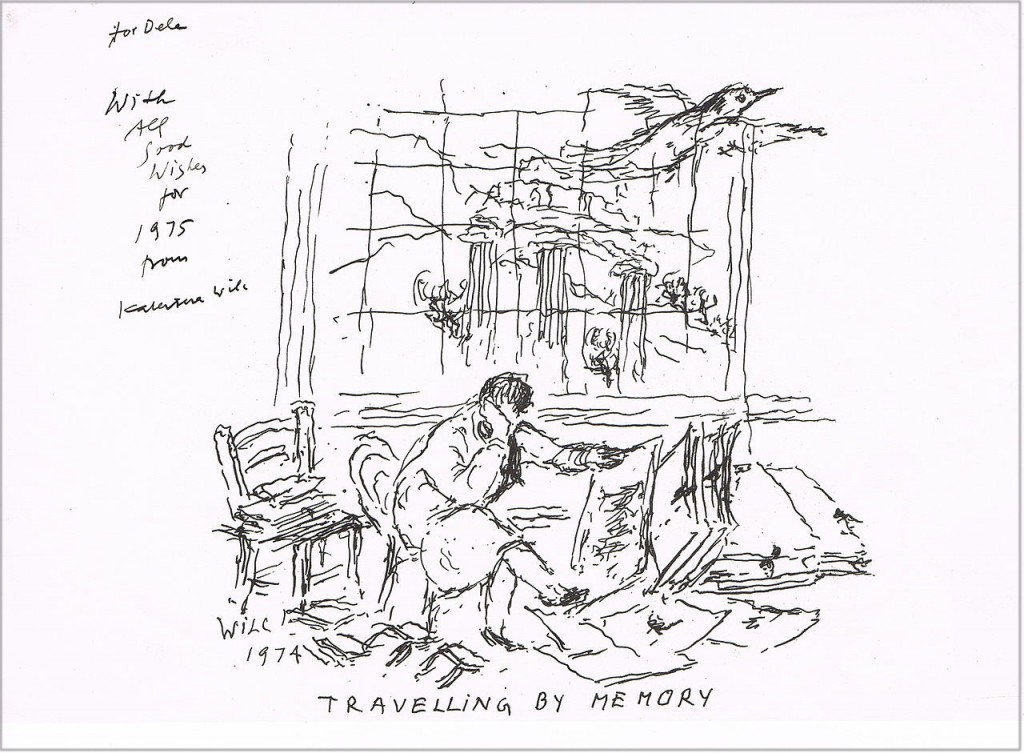
The sheet music above is the German version of the original French song that was sung by so many poilus, as the infantrymen were called during the First World War. The tune of ‘Je cherche après Titine’ had been written by Leo Daniderff (1878-1943), presumably in 1917 for his loved one, the physically disconcerting Gaby Montbreuse. Daniderff had ‘russianised’ his first name (he was born Ferdinand Niquet), which earned him the nickname faux Russe (‘false russian’). This (or his talent) also earned him success: he became the composer of hundreds of popular songs and helped the career of many celebrities.
We haven’t yet found a French copy of ‘Je cherche après Titine’ with a worthy illustrated cover. Here and there you may find a petit format, a small and cheap publication of the song written by Marcel Bertal, Louis Maubon and Emile Ronn.
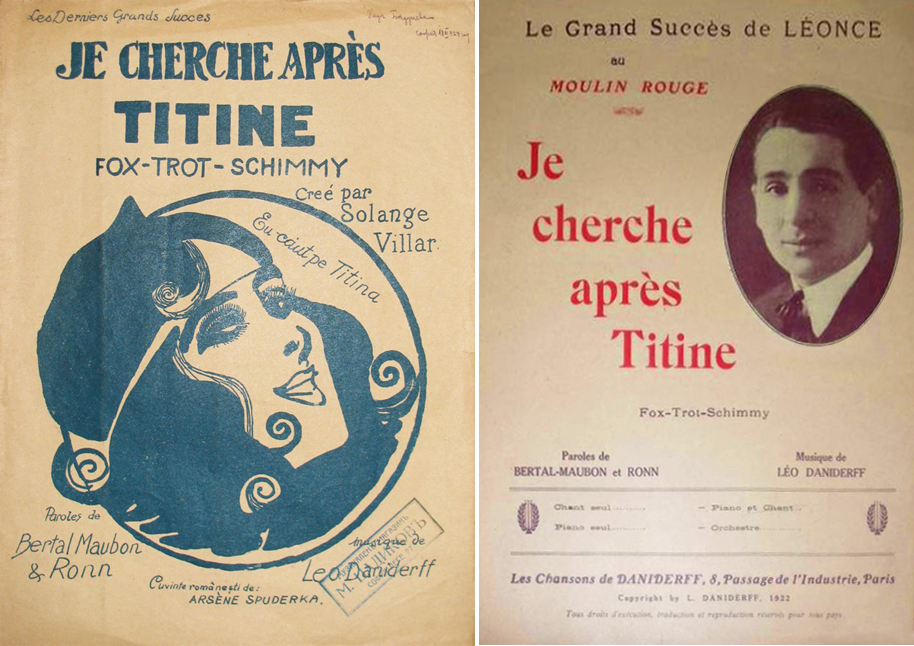
In 1922, the same year as the German publication, Carisch launched the Italian version of the song: Io cerco Titina. The flapper on the cover for this ‘ultimo successo internazionale‘ is by Roveroni.
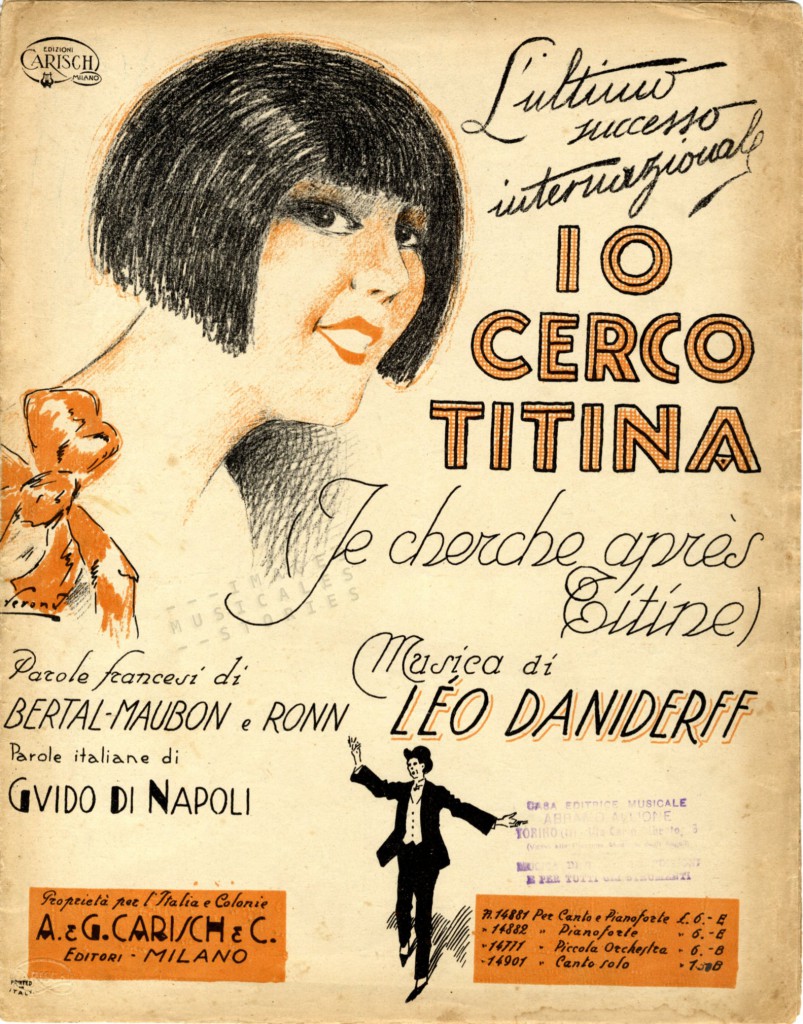
Not at a viral speed but still in a steady pace, the song conquered the world. In 1924 we find this beautiful American Titina sheet music cover.
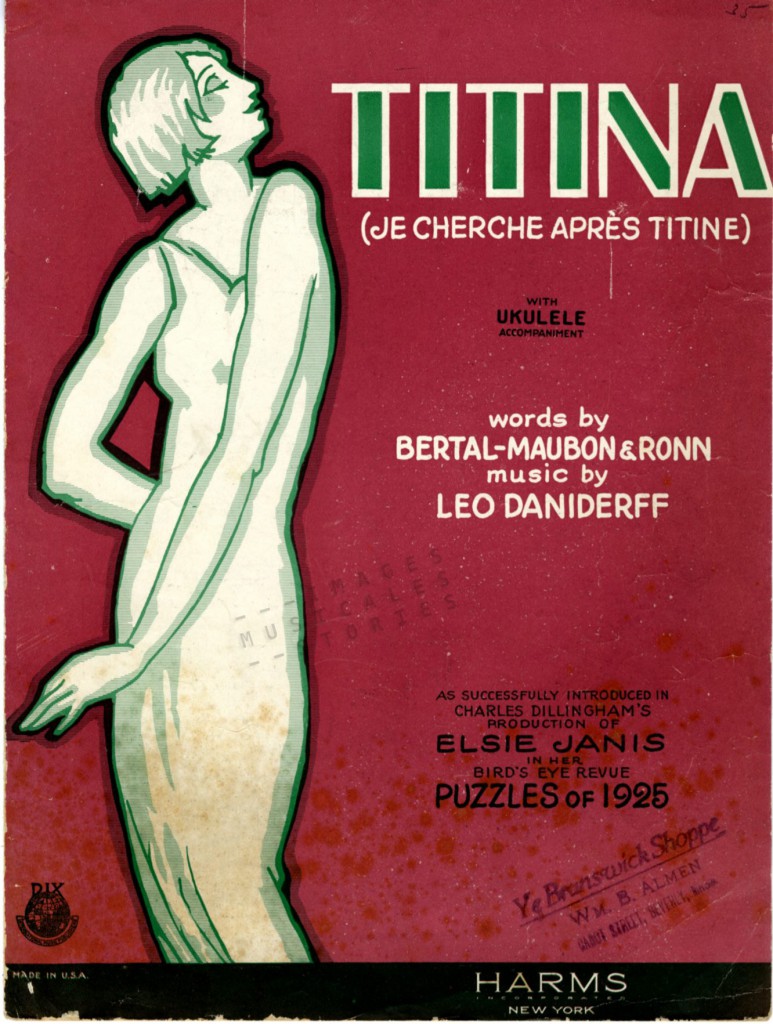
Jack Hylton‘s orchestra popularised Titina as a hyper danceable foxtrot. But we’ll listen instead to a Billy Murray 1925 recording of Titina, and sing along its refrain:
I’m looking for Titina – Titina, my Titina,
I’ve searched from Palistina, to London and Peru.
I’ll die without Titina, I can’t eat my farina,
I don’t want Rose or Lena, Titina I want you.
Warning: the following old label has nothing to do whatsoever with our story, except the brand name and its roaring looks. We couldn’t resist…

There is no better way to conclude this article than by viewing the ultimate Titine dance and singing act by Charlie Chaplin in Modern Times (1936). How very ironic that for his first ‘talkie’ Chaplin uses nonsense words, or what do you make out of “La spinash o la bouchon Cigaretto Portabello Si rakish spaghaletto Ti la tu la ti la twah” ?
And while for many years the whole world was looking for Titine, at last someone found her:
‘Titine’ by Jacques Brel, 1964.


